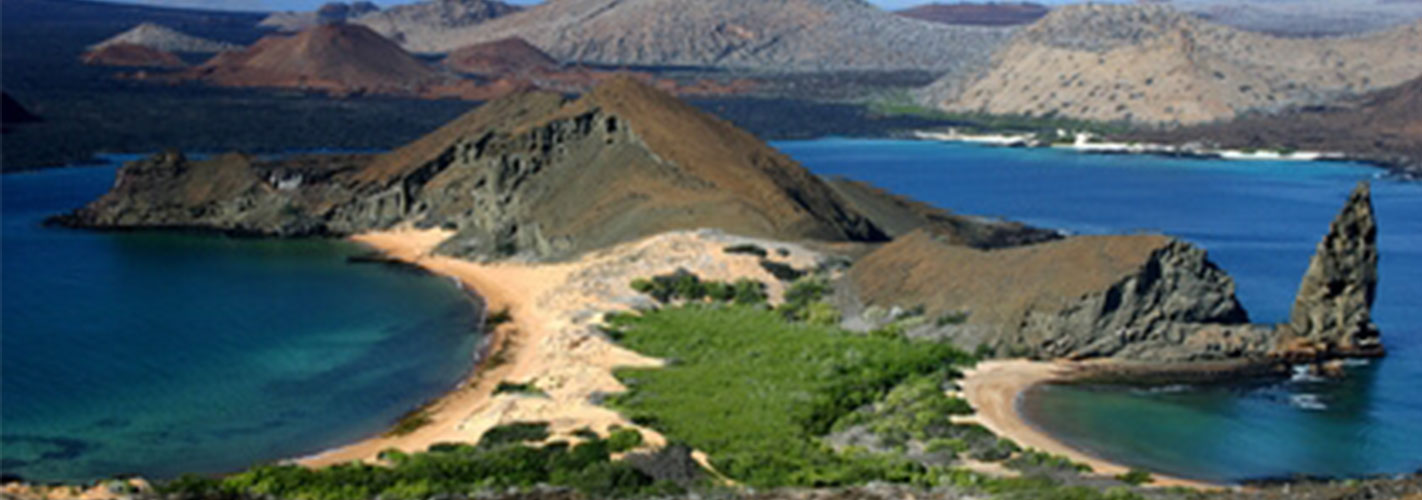VOLUNTEER IN ECUADOR
' I LOVE this experience in chitwan for though short period! '
Xue Ying Fiona WangConservation Project (Cloud Forest near Quito)
The Most Affordable
Volunteer fees starting at just
$266
The Most Reputed
Since 1998, over 18,000 Volunteers, hundreds of online reviews
The Most Transparent
No Middlemen. Pay your fees directly to host families and projects.
- Location: Quito, Puerto Lopez, Santa Elena and the Amazon Rainforests
- Start Point: Quito
- End Point: Quito International Airport
- Duration: 1-12 Weeks
- Hours: 20-30 Hours per week
- Meal: Local meals 3 times a day
- Accommodation: Host family or hostel
- Date: Second and Fourth Monday of each month
Travel to see Ecuadorian cloud forest high up in the Andes and work in a conservation project that is aiming to save the forest from many threats.
The cloud forests of Ecuador are characterized by persistent cloud covers usually at the canopy level. The forests are located from five hundred meters to above four thousand meters and abundant plants and birds can be found in the forest. The forests of Ecuador are some of the most threatened in the world, particularly from illegal loggers and squatters. The key objectives of the reserves to protect the pristine rainforest, promote ecotourism and provide a base for the scientific community to gain access to this unique ecosystem. On the local community level, the project aims to create an awareness of the need to conserve their natural resources, as well as find alternate ways to make a living rather than the usual selling rainforest woods and clearing land for cattle pastures.
There are currently many conservation programs that are trying to tackle the program, but their work is challenging and dedicated volunteers are needed for the project to succeed. As a volunteer in the conservation project in Ecuador, you will work in day-to-day conservation activities and enjoy the surrounding beauty.
Skill/Qualification
Volunteers do not need any skills to work in the project. But you must be prepared to work in a humid condition. You may also have to deal with flies and other insects. You will also have to walk and lift heavy things so you will need to be in physically good condition. Volunteers must also be open-minded and resourceful during the project.
Volunteer's Responsibilities
Volunteers will find the project both relaxing as well as quite difficult at times. There won't be any pressure put on you to complete your task and you will do all your work at your own pace. Remember you are learning as well as working and enjoying your experience. You tasks can include:
- Maintenance and development of trails
- Checking the reserve borders
- Helping with research
- Working in local administration to maintain the facility
- Developing newer projects
- Working at a farm to raise chicken and help grow vegetables
- Going to Quito with project staff to by supplies for the project
Project Location
The 20,000 acre reserve lies on the southern border of Cotacachi and is in effect a buffer zone wired to avoid encroachment. Cotacachi and the surrounding communities boast one of the highest concentrations of indigenous people in the country of Ecuador. Due to its location close to the metropolitan areas of Ibarra and Quito, as well as proximity to the coastal province of Esmeraldas, it is also home to great diversity.
Ecuador is an odd place in many respects. Night and day time are virtually the same length, and this doesn't change year round. Hence, the temperature remains relatively constant - not too hot, but neither too cold. Given that most trade winds blow clouds towards the equator, it tends to be cloudy and have high levels of rainfall - resulting in the region having one of the wettest climates on earth (this is also due to the local geographical reasons as well as ocean currents meeting here). The lack of environmental constraints (hot/ cold / dry weather etc.) that other parts of the globe have to cope with permits a much greater biological response here than in other places. The wet, warm, humid, stable conditions thus provides the fuel for the ensuing mass of competition - creating "one of the most bio-diverse and endemic ecosystems on earth."
Extra Project Information
The project was started in the mid 1980's by an American - Josef DeCoux, an anti-war Vietnam protester with a desire to save the rainforest. Through a series of land acquisitions, largely funded by him an international NGO's reserve took shape. However, there was strong local opposition to a reserve by wealthy Ecuadorians - who by hook or by crook stole the land title deeds during the 1990's. The Supreme Court subsequently ruled that without the title deeds the land was owned by the Ecuadorian people. So in effect, as of today - Josef's work is protected by squatter rights over the land he in turn has protected and nurtured for some 24 years. Despite the lack of legal protection to a life's work (as well as death threats) Josef is a jovial, friendly and a very kind-hearted person. He treats the forest like a proud father, getting upset when a tree has been damaged.
 1-2543048951
1-2543048951



